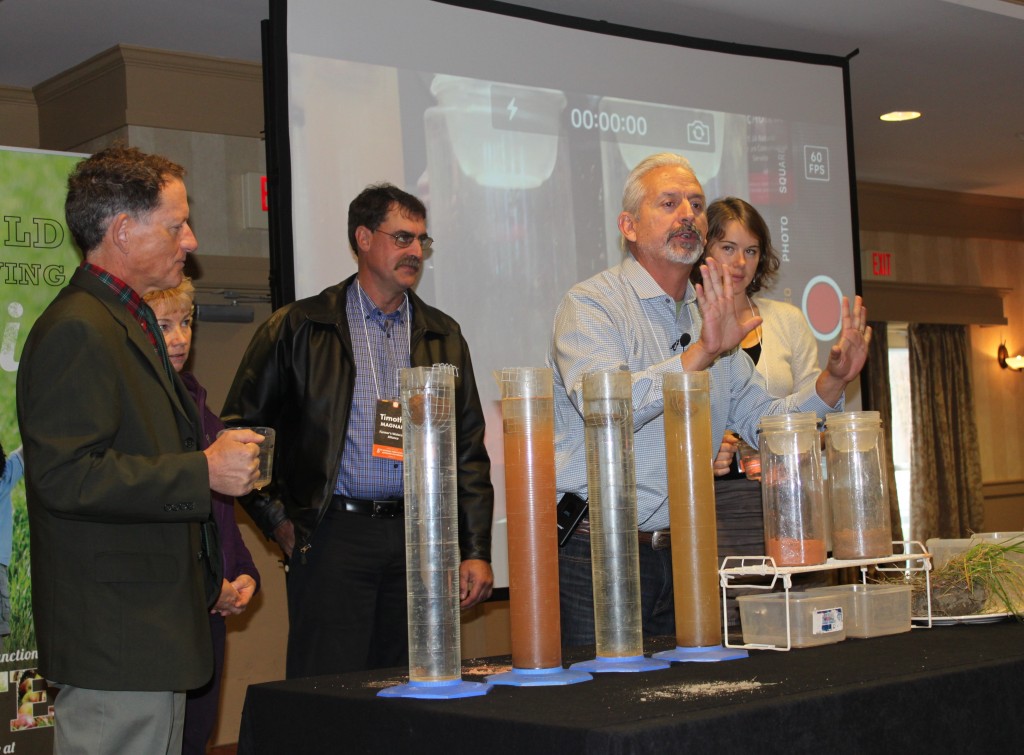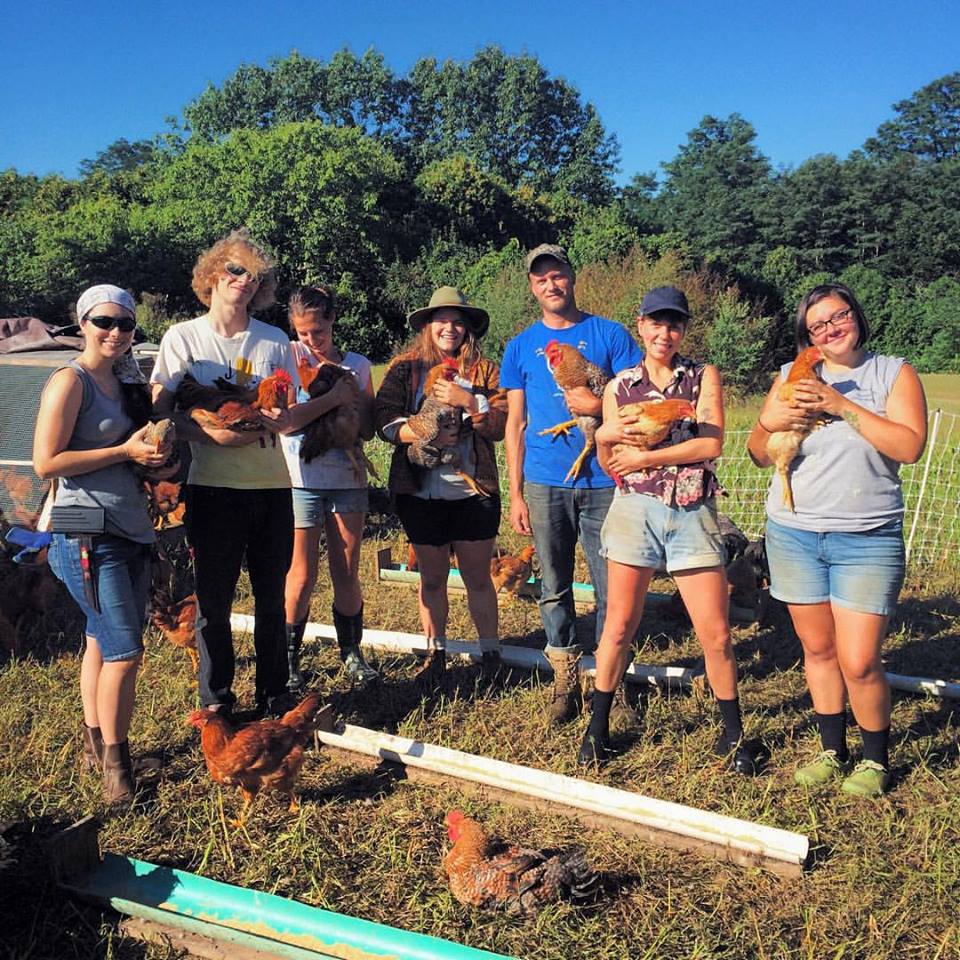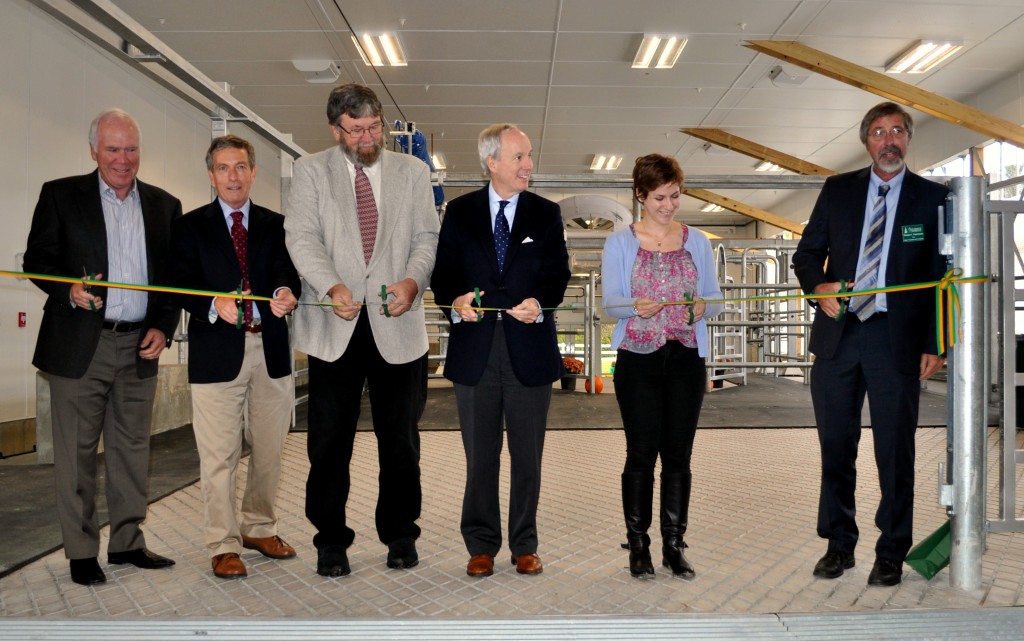It’s 12:50 on a Wednesday afternoon. A student has just left a Community Development and Applied Economics course, feeling empowered by the lesson on fair trade. Today, the student has learned about UVM Dining’s commitment to purchasing 100% Equal Exchange bananas.
UVM students have been voicing interest about fair trade products in the dining halls since the mid-2000’s. During the 2012-2013 school year, a campus group asserted its desire for The University of Vermont to become a “Fair Trade University.” To qualify for that title, every dining outlet needed to offer a minimum of three fair trade items regularly. UVM Dining already served fair trade coffee and tea in all their locations, and the most reasonable third product to add to reach the objective was bananas. Discussions about feasibility and availability ensued with Black River Produce, a local distributor that works with UVM Dining. Black River Produce had already sourced bananas from Equal Exchange for co-ops like City Market. Equal Exchange is the oldest and largest fair trade coffee company in the United States and is well known for pioneering the fair trade movement. Black River Produce was confident that they could secure the volume of bananas needed, and UVM Dining finalized its commitment to fair trade bananas. Continue reading






 By Jeffrey Wakefield
By Jeffrey Wakefield







